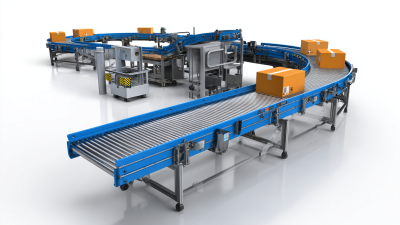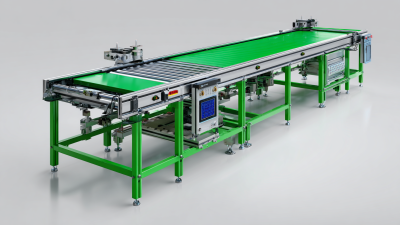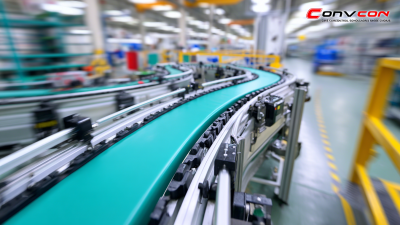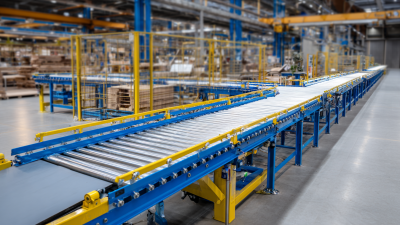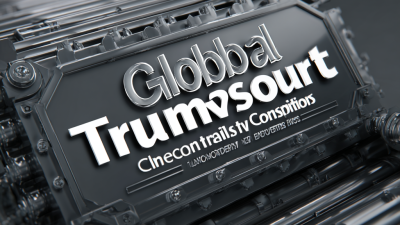In today's fast-paced industrial environment, selecting the appropriate conveyor manufacturing solution is critical for businesses aiming to enhance efficiency and productivity. According to a report by the Conveyor Equipment Manufacturers Association (CEMA), the U.S. conveyor and related equipment industry is projected to reach a market size of $8 billion by 2025, reflecting the growing demand for customizable and innovative conveyor systems across various sectors. As logistics and production processes evolve, companies must navigate a myriad of options, ensuring that their chosen conveyor systems align with their operational goals and budget constraints. By understanding key factors such as load capacity, material handling needs, and integration capabilities, businesses can make informed decisions that not only optimize performance but also drive long-term growth and competitiveness in an increasingly automated landscape.
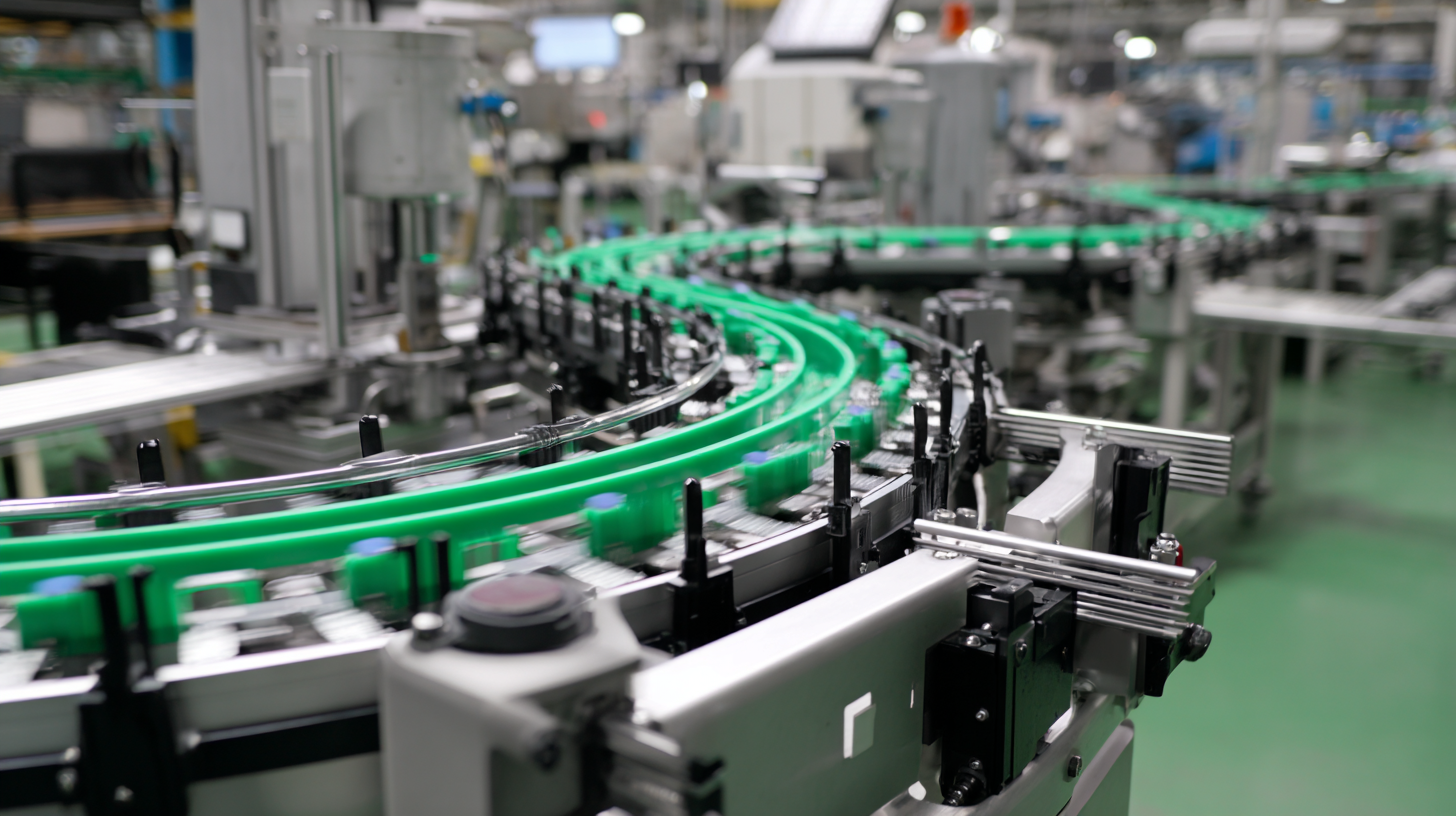
When selecting a conveyor system, it is crucial to thoroughly identify your business requirements. A study from the Material Handling Industry of America (MHIA) indicates that 70% of companies see a need for improved automation in their operations, which can directly impact efficiency and productivity. First, evaluate the specific materials you will be transporting. For instance, bulk materials might require a different type of conveyor, such as belt or screw conveyors, while packages may be better suited for roller or modular belt systems. This foundational understanding will guide you towards the right technology suited to your operational needs.
Additionally, consider the scalability of the conveyor solution. The Global Conveyor Systems Market Report states that the market is expected to reach USD 9.6 billion by 2025, indicating significant growth opportunities. Companies must assess their future needs and growth projections, ensuring the conveyor system can accommodate increased volume or product diversification. By aligning your current and future logistics strategies with an adaptable conveyor design, you can prevent future retrofitting costs and interruptions in production, thus optimizing your overall operational efficiency.
When evaluating different types of conveyor solutions for your business needs, it's essential to consider the specific requirements of your operations. According to a report by Grand View Research, the global conveyor system market is expected to reach USD 8.59 billion by 2027, driven by the growing automation in various industries. This trend emphasizes the importance of selecting a conveyor system that not only enhances efficiency but also integrates seamlessly with existing processes.
One popular option is the belt conveyor, ideal for transporting bulk materials over varying distances. Data from the Conveyor Equipment Manufacturers Association (CEMA) states that belt conveyors account for nearly 50% of the total conveyor market share. For industries that handle lightweight packages or products, modular conveyors, which allow for flexibility and reconfiguration, are becoming increasingly preferred. As highlighted in a recent Industry Week survey, 62% of manufacturers are investing in conveyor technology to improve workflow and reduce operational costs. Understanding these options and their implications can significantly impact your choice of conveyor manufacturing solutions.
When selecting a conveyor manufacturing solution, evaluating supplier capabilities and industry experience is crucial for ensuring a successful partnership. A supplier’s track record can provide insights into their reliability, quality, and ability to meet your specific requirements. Look for suppliers with experience in your industry, as they will better understand the unique challenges and regulations you face.
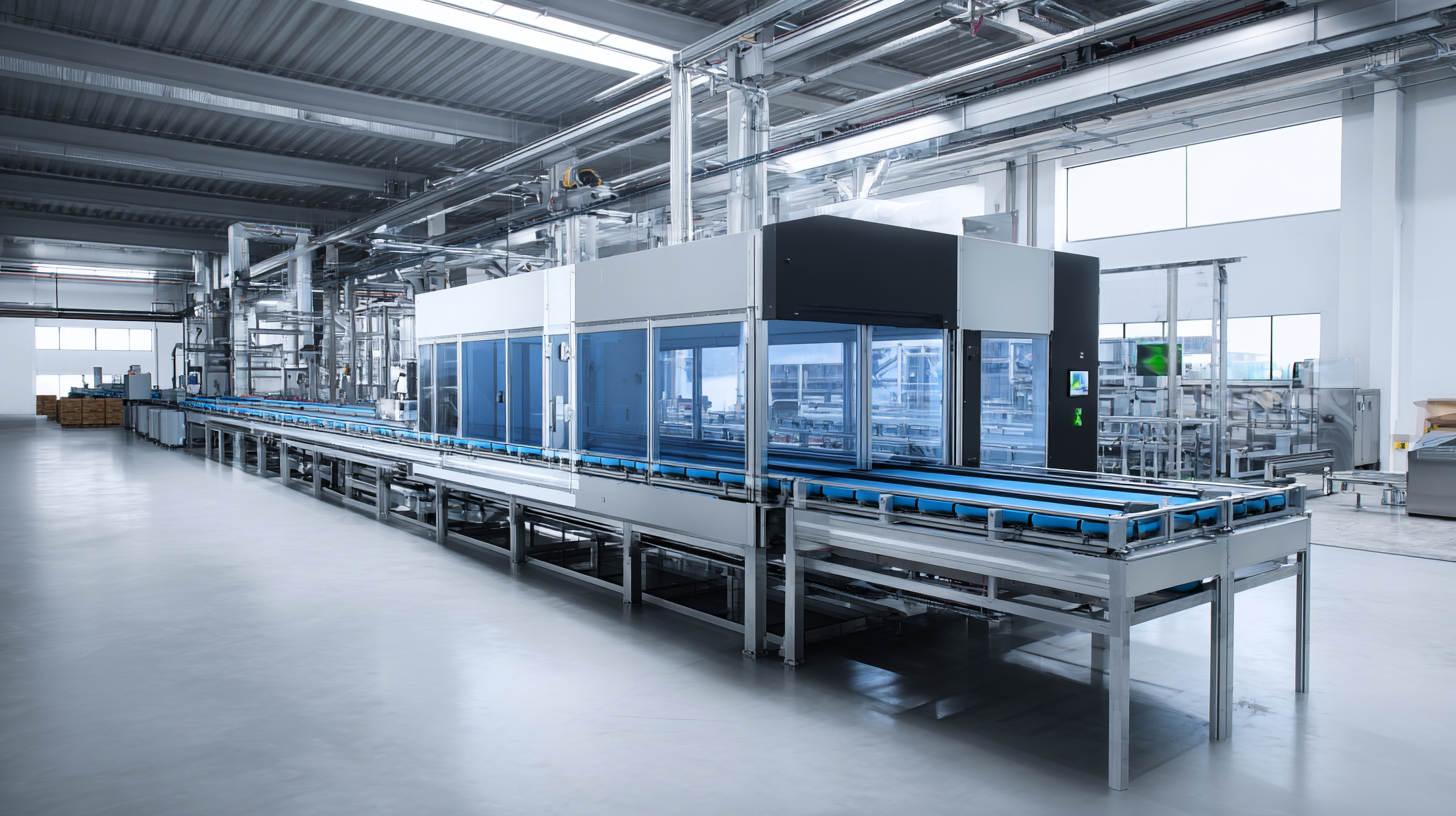 Tip: Request case studies or client testimonials to assess how the supplier has successfully addressed challenges similar to yours.
Tip: Request case studies or client testimonials to assess how the supplier has successfully addressed challenges similar to yours.
Additionally, consider the supplier's technological capabilities. Are they using modern technologies that enhance efficiency and safety? A supplier versed in the latest innovations can not only offer you state-of-the-art solutions but can also adapt swiftly to any evolving needs your business might have.
Tip: Schedule a meeting with potential suppliers to discuss their technology stack and inquire about the flexibility of their systems and solutions. This conversation can reveal their commitment to ongoing improvement and adaptation.
When selecting a conveyor manufacturing solution, understanding your budget constraints and the total cost of ownership (TCO) is crucial. Often, businesses focus solely on the upfront price of the conveyor system, overlooking other influential factors that can significantly impact their overall expenditure. Initial costs may include equipment pricing, installation, and commissioning, but it is essential to assess long-term expenses such as maintenance, energy consumption, and potential downtime. A more expensive system might offer superior efficiency and durability, resulting in lower operational costs over time.
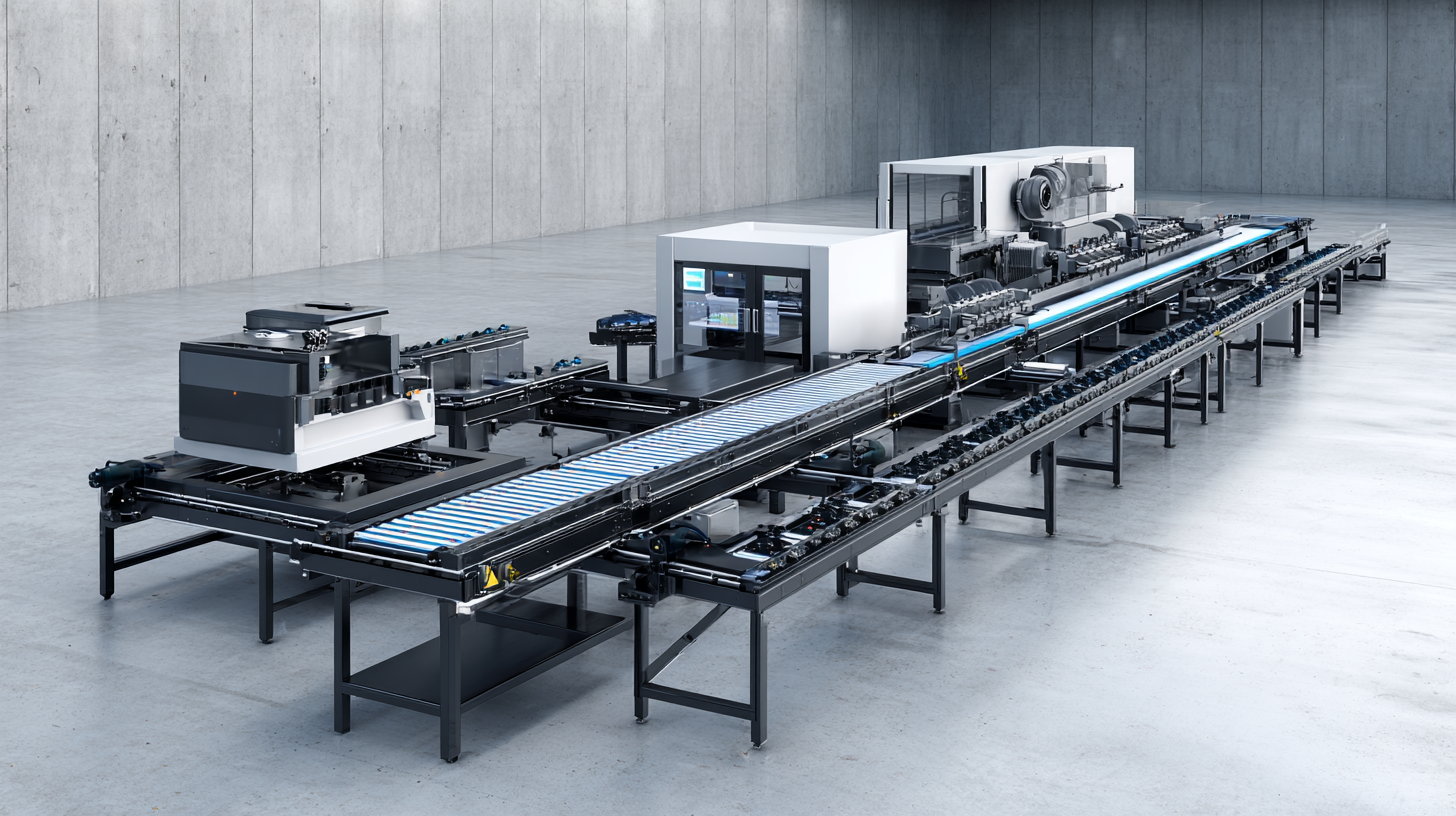
Moreover, evaluating TCO will help businesses identify the best return on investment. Engaging with suppliers who provide transparent cost breakdowns can facilitate informed decisions. By considering variables like warranty, lifecycle costs, and service agreements, companies can prioritize solutions that align with their financial capacities while ensuring operational effectiveness. Ultimately, a comprehensive approach to budgeting can lead to smarter investments in conveyor systems that meet both immediate and future business needs.
When selecting a conveyor manufacturing solution, ensuring compliance with safety and regulatory standards is paramount. According to a report from the Material Handling Industry of America, over 30% of workplace accidents are attributed to conveyor systems. This underscores the necessity for businesses to review the safety features provided by manufacturers. Look for solutions that not only meet OSHA standards but also demonstrate adherence to ANSI/ISRI guidelines for conveyor safety.
Tips: Always request detailed documentation of safety certifications and compliance standards from potential suppliers. Engage with providers who prioritize safety in their designs, such as emergency stop systems and proper guarding mechanisms. Additionally, consider investing in training programs for your team to ensure they understand operational safety measures.
Regulatory requirements can vary significantly depending on the industry. For example, food processing conveyors must meet specific FDA regulations, while conveyors used in explosion-prone environments need to comply with ATEX directives. Partnering with manufacturers who have experience in your industry can provide insights into the necessary compliance protocols, minimizing the risk of costly regulatory violations.
Tips: Research industry-specific regulations and ensure your chosen solution aligns with these requirements. Regular audits and consultative meetings with your contractor can also ensure ongoing compliance as standards evolve.
| Conveyor Type | Load Capacity (lbs) | Speed (ft/min) | Material | Safety Features | Compliance Standards |
|---|---|---|---|---|---|
| Belt Conveyor | 2000 | 100 | Rubber | Emergency Stops, Guard Rails | OSHA, ANSI |
| Roller Conveyor | 1500 | 60 | Steel | Anti-Slip Surface, Safety Light Curtain | ISO 9001, CE Mark |
| Chain Conveyor | 5000 | 50 | Plastic | Overload Protection, Emergency Stops | ANSI, BSI |
| Flexible Conveyor | 1000 | 30 | Aluminum | Adjustable Height, Locking Wheels | FM, NEC |
